Video commissaire to make debut at Milan-San Remo
Additional jury member for Monuments and Grand Tours in 2018
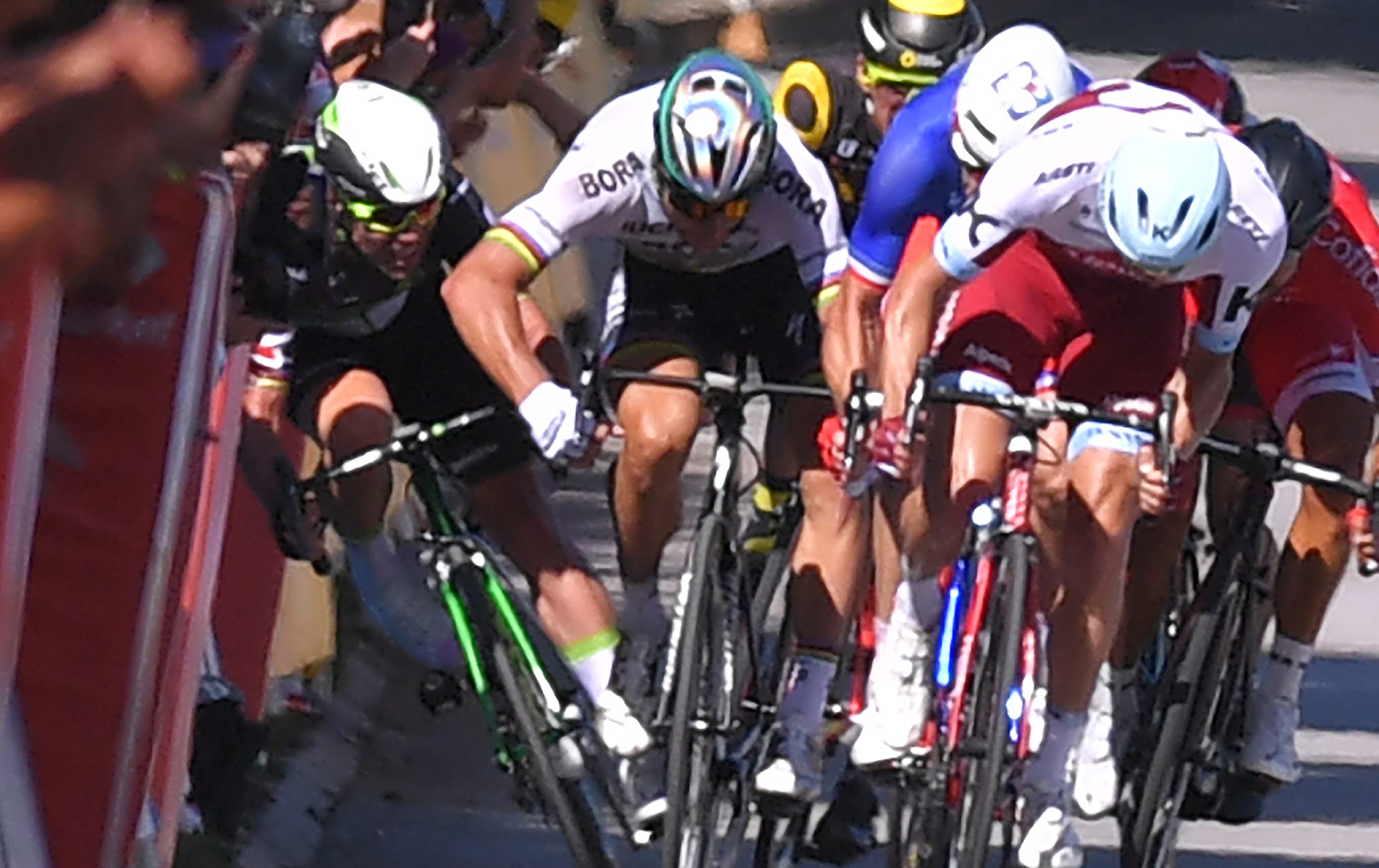
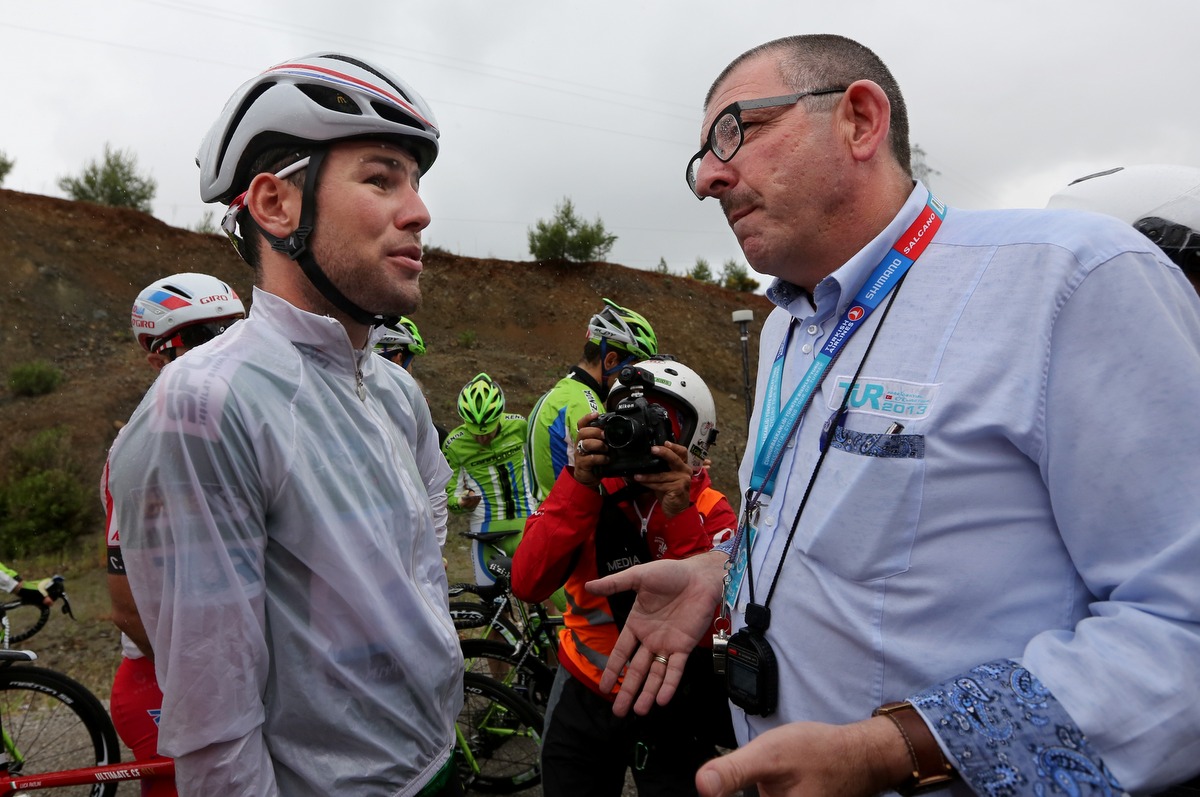
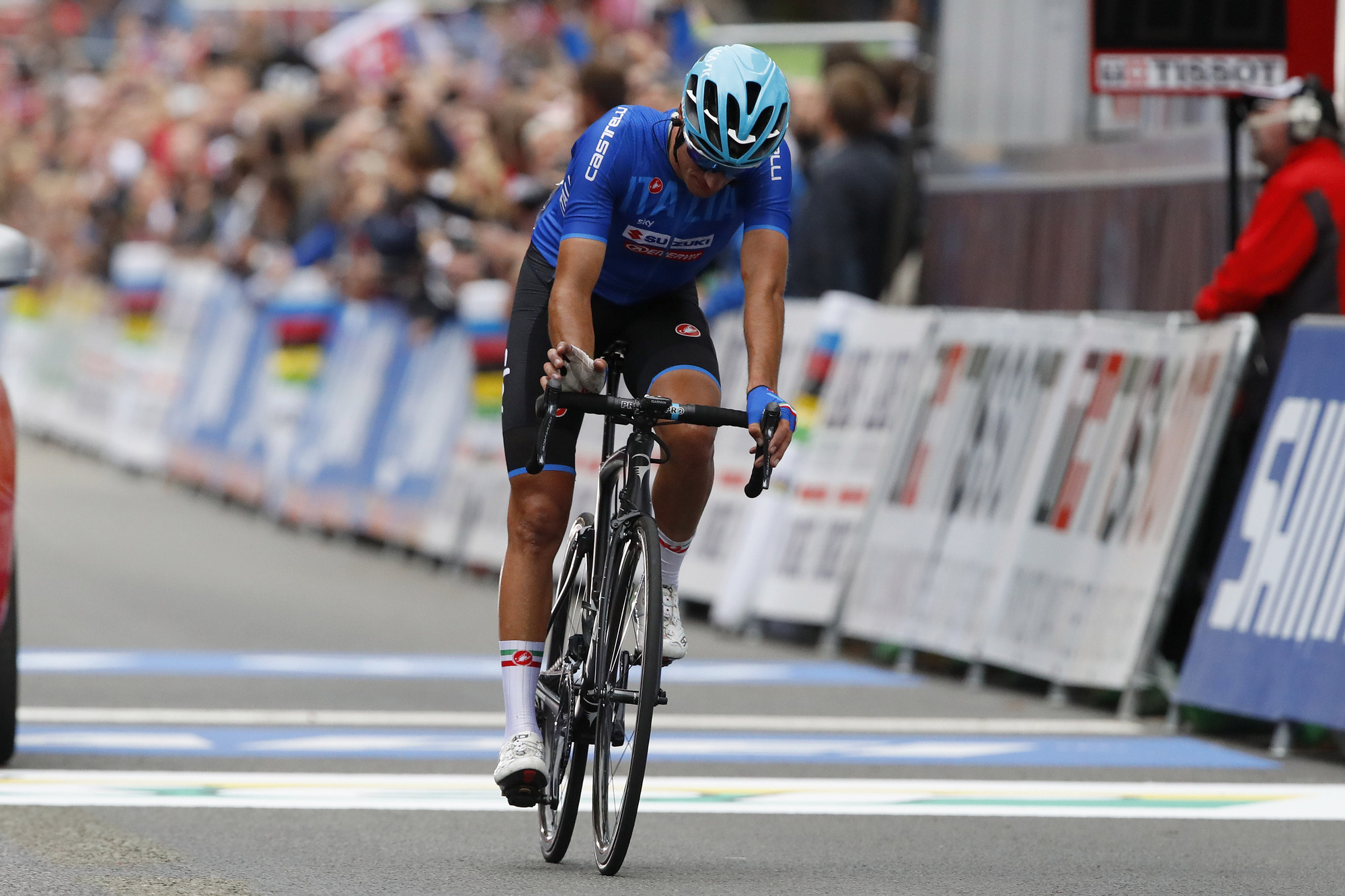
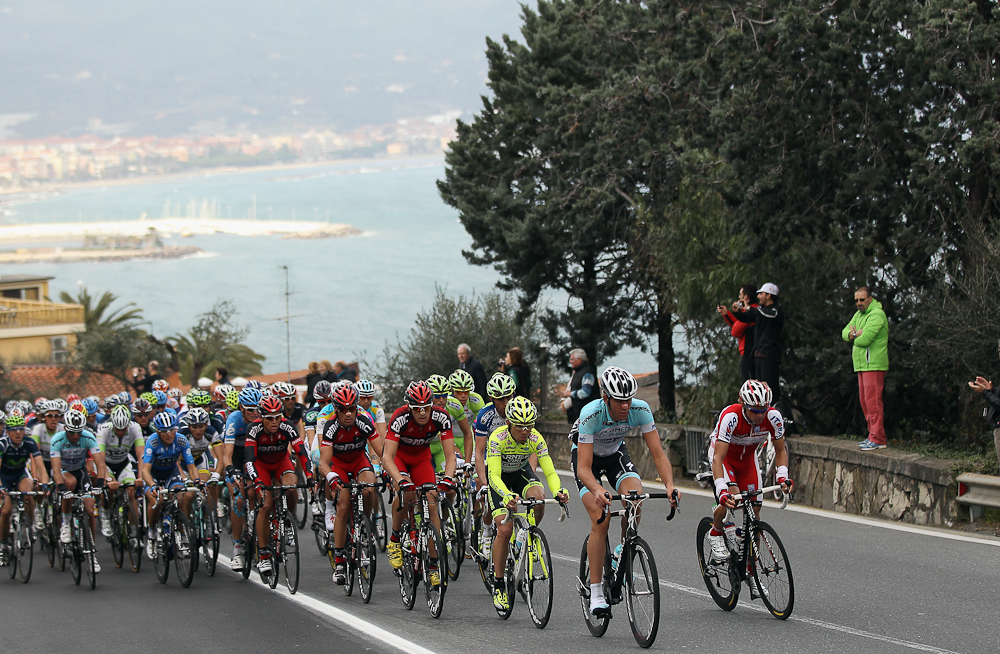
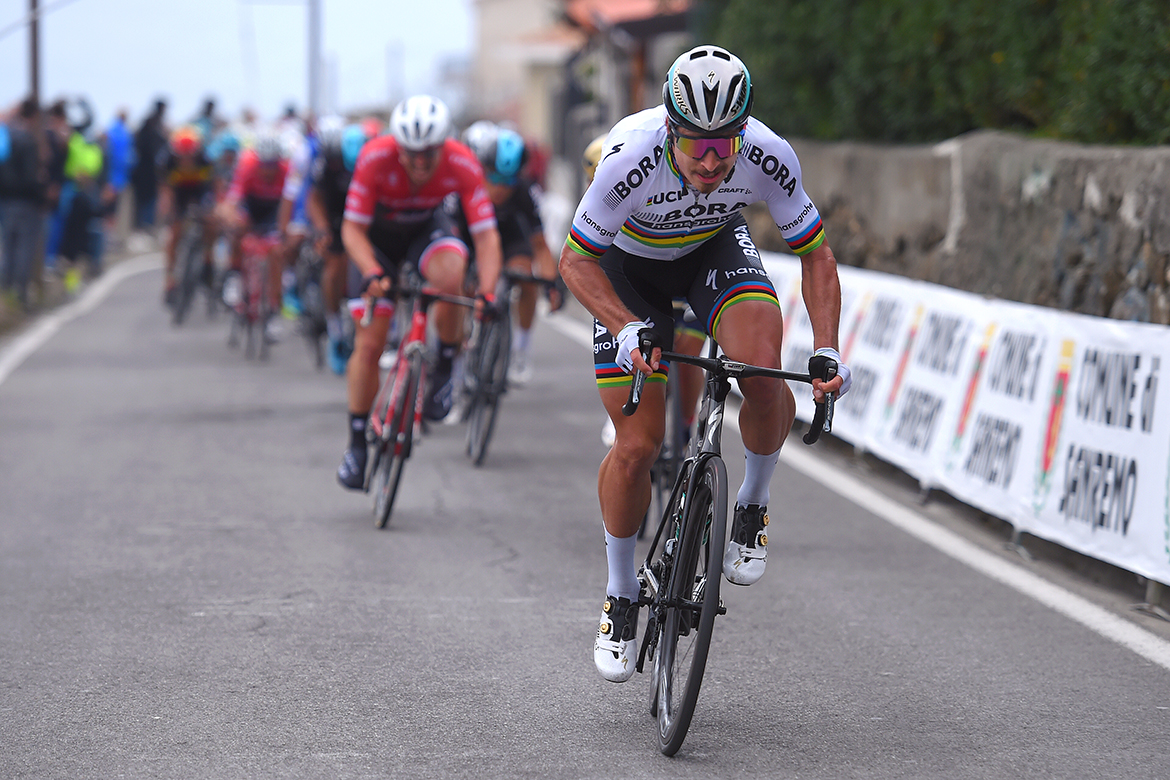
Milan-San Remo will mark the first time a video commissaire is deployed in a professional cycling race as the UCI roles out its new measure, which is being trialled in the Monuments and Grand Tours in 2018.
There will thus be four commissaires on duty at Milan-San Remo. Three will travel in cars and on motorbikes within the race as normal, while a fourth will observe proceedings on multiple television monitors from a truck near the finish line.
A number of recent, high-profile incidents have highlighted the need a video commissaires, who will be able to communicate with their colleagues throughout the race and alert them to any infractions.
Gianni Moscon's illegal tow at the World Championships was only spotted by the race jury when they convened to review the images after the finish, whereas a video commissaire might have spotted the infraction immediately, and the Italian could have been disqualified at the time rather than after the finish.
Similarly, the race jury at the Tour de France took some time to review the incident in Vittel that saw Peter Sagan disqualified from the race for bringing down Mark Cavendish in a crash. A video commissaire watching bunch finishes in real time should speed up the decision-making process when it comes to penalising irregularities in the sprint.
Italian commissaire Gianluca Crocetti will be serve as the video commissaire for Milan-San Remo [he will also perform the role at the Giro d'Italia and Il Lombardia], while Dutchman Martijn Swinkels will be president of the race jury and will travel in the race.
Unlike in other sports, where the video referee is consulted only when there is a doubt, cycling's video commissaire will have an equal say in the decision-making process during and after the race. The president of the race jury retains the casting vote on any incidents.
Get The Leadout Newsletter
The latest race content, interviews, features, reviews and expert buying guides, direct to your inbox!
"Contrary to the video referee in football, the [cycling] video referee will make real decisions. Where football is an advice, in cycling he will have an equally heavy voice in the final decision," Guy Dobbelaere, who will be the video commissaire at the Tour of Flanders and Liege-Bastogne-Liege, told Het Nieuwsblad when the measure was announced in December.
"The video referee will be in the mobile control room at the finish. There he can view all the different screens that the television director has available. A lot more is filmed during a bicycle race than is being broadcast.”
A fitting place for a debut
Milan-San Remo is perhaps a fitting race to trial the new measure, given the polemics that ensued in 2016 following the accusation that winner Arnaud Démare had accepted a tow from his team car on the Cipressa after crashing at the base of the climb. Démare and his team strongly denied any wrongdoing.
Movistar manager Eusebio Unzue has welcomed the additional commissaire, and added that he hoped the extra set of eyes watching on television would help to limit the impact that television motorbikes themselves can have on a race. Although Movistar's Marc Soler won Paris-Nice by attacking on the final stage, Unzue felt that the chasers had enjoyed too much shelter in the slipstream of television motorbikes.
"It seems perfect. I hope they fight above all the great evil that is influencing the races more than anything, television motorbikes," Unzue told El Pais.
"They are able to decide the fate of a breakaway or the chase of the peloton. They [the commissaires – ed.] will discover this now, I hope."
Click here to subscribe to the Cyclingnews podcast.